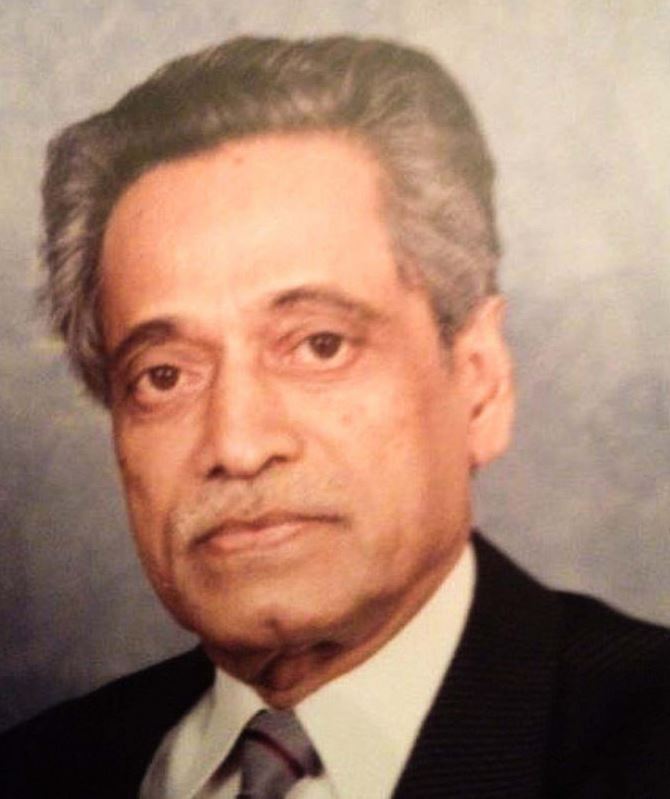There are five reasons why I selected him for a tribute. First I have quoted him extensively in my memoirs giving the impression that he was my respected teacher, and I was not a student to outshine his brilliance. Having remained a judge of the Punjab High Court, he practiced law in every other superior court and what is more, recorded his honest opinion how he was dealt with on questions of law and in matters of courtesies of court proceedings, a rare record, nowhere else to be found. On the other hand, my own law degree was suspect. One of my Chief Justices of the Supreme Court asked me twice in a year “So you have passed LLB examination?”. If I had not replied yes he would have continued to believe that all CSP officers without law degree are dumped in the judiciary courtesy British Empire. I had no experience of advocacy, not even of a day, as blank as one keeps his slate, and probably for that reason, I always treated the advocates with great respect, inside the court or outside. On my first inspection, by the Chief Justice MR Kayani, I was asked not to take the lawyers so credulously. In High Court the first lesson given to me was believe the facts as given by the advocate, deal only with the law points. I kept myself on my own course of observing a hybrid.
The second reason is that some of our experiences were similar, never the same, so were our responses similar but not the same. For example in his book Jaeza on page 10 he has written that he started remembering events only on attaining the age of six. Exactly the same was the case with me. My memory starts with the earthquake of Quetta (May 31, 1935) whose tremors I felt in my hometown far away.
The third, we both had our maternal uncles as our mentors. His enlightened and spiritual, mine all mundane, both in complete control perceptible or imperceptible.
The fourth reason he was so straight in his conversation with me particularly, that it was difficult for me to prolong the conversation and continue it in a lighter channel.
The fifth reason, in the very the first meeting, I do not remember where it took place and when, I placed him on my list of “Not to be Loosely Shunted.” Never took him out of it. Never told anyone about it. I am disclosing it for the first time in this writing.
I can better explain it with two examples. As my Additional Judge in the court adjacent to mine once he attended my court to observe a murder trial just I started my training attending the Court of ADM Jhang, the trial of a donkey thief. I was about to tell him that I always read the Police diary in order to understand the mind and the attitude of the investigation officer, but thought he would say this is no reason to violate the law. At last, I would say the Viceroy has directed the sessions judges to see that diary. Then he would ask me how could theViceroy by oral order alter the law of the land. The entire learning process would collapse. So I did not tell him anything. The trial concluded.
More instances of his dealing with persons and problems
No.1: He returned from a tour of Kohat. I asked him how the trip was. He said it went well. He was trying a murder case with assessors sitting behind him. The murder had taken place at a hilltop at about sunset time. The eyewitness appeared to be an old man with weak eyesight. In the courtroom, the prosecutor asked this witness “Do you see the accused here?”. After some thought, he pointed to an assessor sitting behind him. The prosecutor wanted to put again the same question. He did not permit it fearing that the witness would this time point at him as the accused.
No.2: We, the judges of the High Court came out of a party. His parting remark to the Chief Justice was “I would not like to be pushed like this”. I had no idea of what was the subject.
No. 3: On the 1st April 1980 there took place a confrontation between General Ziaul Haq and Samdani, a judge acting then as Law secretary. It is only partly described by him at page 189 of his book ‘Role of Judiciary in the Constitutional Crisis of Pakistan’. I am not concluding this tribute till (i) I get near the complete verbatim record of what happened on that day and four days following that (ii) Further, how he was hounded out of Pakistan (iii) how he was isolated abroad.
No. 4: After my retirement, I was attending a Judicial Conference in Islamabad. Samdani in his speech said something about the indiscipline of the bar and its failure to handle it. A senior lawyer sitting by my said: “Look we appointed him our Bar President and kept him there and he is saying all this against the bar!”.
No. 5: Calls it a day. Late KMA Samdani left practice in the Supreme Court because he could not any longer bear the insults and the indignity that he had to face in the highest court of the country. I knew that asking him any more question would yield no more information. From others, I learned that he had to sell his properties in order to raise the cash which he paid back to clients whose brief he was returning. He requested a very junior colleague of his to arrange a suitable lawyer to take up those cases. He found one who agreed to take up the cases on the same fee as was charged by Samdani, the ‘soofi judge’. That was no problem because the fee had been returned to them. On coming to know what was the fee charged he backed out finding that they were not as high as he expected.
Such snobbery in court and outside should remind the lawyers and the judges, at least once a week, of the humble and ethical standards that their gowns originally were worn symbolically conveyed to them and to the world. The lawyer’s gown had no pocket but a pouch at the back of the neck. No fee to be asked whatever the client could afford he put in the pouch. As regards the judges they had a gown with the sleeves split at elbow level and the sleeves became flat and wide going below the knee. I was told that it was to remind the judge that all the laws of the land were supposed to be written on the sleeves and he was not supposed to plead anywhere, any time, that the lawyer did not bring the law to his notice.

